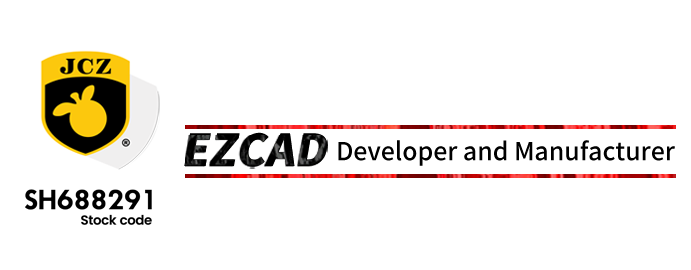UV lasers, or ultraviolet lasers, are a specialized type of laser that emits light in the ultraviolet spectrum. These lasers are gaining popularity in various industries due to their unique properties and applications. From marking and engraving to medical and scientific uses, UV lasers offer precision and versatility that traditional lasers often cannot match. This article delves into the technology behind UV lasers, their applications, and the benefits they bring to different fields.
What is a UV Laser?
A UV laser produces light with a wavelength shorter than visible light, typically ranging from 10 nm to 400 nm. The most common types of UV lasers include excimer lasers, solid-state lasers, and frequency-doubled lasers. Due to their short wavelengths, UV lasers can interact with materials in ways that longer-wavelength lasers cannot, making them ideal for various applications, particularly in engraving and marking.
Types of UV Lasers
1. Excimer Lasers
Excimer lasers are a type of UV laser that produces high-energy ultraviolet light. These lasers are widely used in applications requiring precision and high-quality results, such as microfabrication, laser surgery, and lithography. Their ability to produce short pulses of energy makes them suitable for cutting and etching delicate materials without causing thermal damage.
2. Solid-State UV Lasers
Solid-state UV lasers utilize a solid gain medium to produce ultraviolet light. These lasers are known for their reliability and compact design, making them suitable for industrial applications such as marking, engraving, and curing processes. They can operate continuously, providing a stable output for various production needs.
3. Frequency-Doubled Lasers
Frequency-doubled lasers are commonly used to convert a longer wavelength laser beam into the ultraviolet range. This process involves using a nonlinear crystal to generate UV light from a fundamental wavelength, enabling more versatile applications in marking and engraving.
Applications of UV Lasers
1. UV Marking
UV marking is a process that utilizes ultraviolet lasers to create permanent marks on various materials. The precision of UV lasers allows for high-quality, high-contrast markings on plastics, glass, and metals. This method is commonly used for branding, labeling, and product identification.
2. UV Laser Engraving
UV laser engraving enables detailed designs and patterns to be etched onto a variety of surfaces. The ability to engrave without causing significant heat damage makes UV lasers ideal for sensitive materials, such as thin plastics and delicate fabrics. This technique is widely used in the manufacturing of promotional items, awards, and personalized gifts.
3. UV Laser Etching
UV laser etching is a technique that removes material from a surface to create a design or pattern. This process is often employed in industries such as electronics and medical device manufacturing, where precision is crucial. UV laser etching provides clean edges and intricate details, making it an excellent choice for complex designs.
4. Medical Applications
UV lasers are increasingly used in medical applications, particularly in laser surgery and dermatology. Their precision allows for minimally invasive procedures, reducing recovery time and improving patient outcomes. Additionally, UV lasers can be used for sterilization and disinfection purposes due to their effectiveness in killing bacteria and viruses.
5. Scientific Research
In scientific research, UV lasers play a vital role in various applications, including spectroscopy, photolithography, and fluorescence studies. Their ability to produce short wavelengths allows researchers to explore materials and reactions at a microscopic level, leading to advancements in numerous fields.
Advantages of UV Lasers
- High Precision: UV lasers can create extremely fine details, making them ideal for applications requiring intricate designs.
- Minimal Heat Damage: The short wavelength of UV lasers reduces the risk of thermal damage to the material being processed, preserving its integrity.
- Versatility: UV lasers can be used on a wide range of materials, including plastics, metals, and glass, making them adaptable to various industries.
- Clean Marking and Engraving: UV laser marking and engraving produce high-quality, high-contrast results without the need for additional finishing processes.
- Effective Sterilization: UV lasers can effectively kill pathogens, making them valuable tools in medical and laboratory settings.
Conclusion
UV lasers are an essential tool in modern manufacturing, medical, and research applications. Their ability to produce high-quality, precise results makes them a preferred choice across various industries. As technology continues to advance, the applications and benefits of UV lasers will likely expand, further cementing their role in innovative processes.
由用户投稿整理稿件发布,不代表本站观点及观点,进行交流学习之用,如涉及版权等问题,请随时联系我们(yangmei@bjjcz.com),我们将在第一时间给予处理。
Post time: Oct-30-2024







